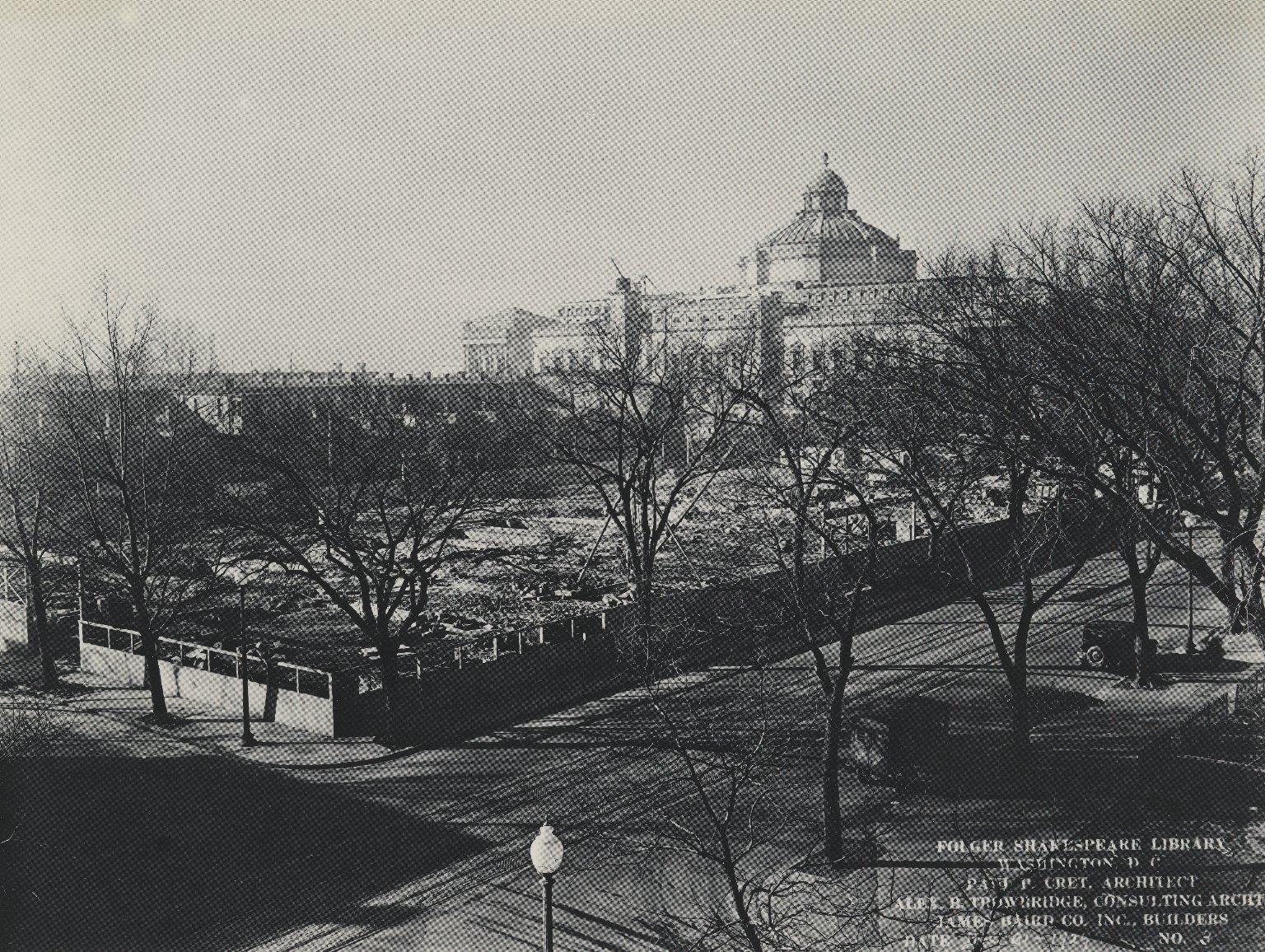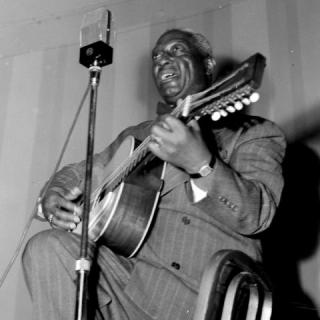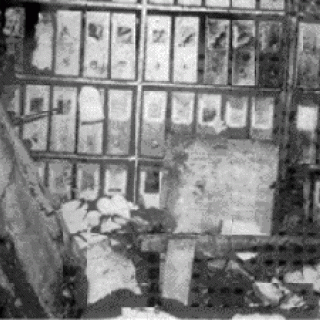Literary Neighbors: The Folger and the Library of Congress
By the mid 1920s, Henry Folger and his wife, Emily Jordan Folger, were running out of space. For 40 years, they had been collecting Shakespeare books and manuscripts – including 82 first folios and 20,000 other volumes – and the collection was quickly outgrowing their New York home.[1] It was one of the largest and most valuable compilations of scholarly material about The Bard in the world, estimated to be worth around $2 million dollars[2] (the equivalent of about $28 million today).
Not surprisingly, the Folgers had plenty of interest from institutions. However, Folger knew he didn’t want to grant the library to a specific university, since “the library is so narrow in scope, and at the same time so large in size, that it could not be very well fitted into a general library, as it would over balance a general library on account of its bulk, its cost, and, I hope, its endowment.”[3] And, so Folger began looking for property to open his own dedicated library.
He and Emily considered sites everywhere, from Shakespeare’s birthplace at Stratford-Upon-Avon to their own back yard in Brooklyn. Eventually, they narrowed the choice down to about 10 locations, including Amherst, Nantucket, Manhattan, Washington and, of course, Stratford, which was pushing hard for the collection.[4]
While housing the collection in Shakespeare’s birthplace had a certain appeal, it would have meant moving the entire collection to England (where many of the items had be originally purchased). Instead, Folger settled on his own nation’s capital, saying, “I finally concluded I would give it to Washington; for I am an American.”[5] But Washington would come with its own set of complications.
On a train ride to Hot Springs, VA, the couple had a layover in Washington in 1919 where they explored the area near the Library of Congress and the Capitol Building, and Folger began to tentatively diagram sites for their library.[6] Over nine years, he would slowly (and quietly—Folger’s name would not appear on any of the documentation) acquire the property on Grant’s Row—which was made up of 14 red brick rowhouses along East Capitol Street—for $317,000, which was $57,000 over his original budget.[7]
But the lengthy and costly process looked like it was going to be for naught when the Folgers opened the newspaper on January 28, 1928. The Washington Post announced a bill had been introduced in the House for the Federal Government to acquire the exact property Folger has just finished purchasing to become an annex for the Library of Congress for rarely used books.[8]
Unsure if he should go up against Congress, Folger wrote the Librarian of Congress, Henry Putnam, “Should I give up the thought of making Washington the choice for a location?” to which Putnam responded quickly “to express of course appreciation of the paramount interest and importance of your plan, and to assure you that no governmental project would be allowed to interfere with it.”[9]
In what you might call a public-private partnership, Putnam and members of Congress turned to begin advocating for Folger and his library. They requested that Folger’s tract of land on Grant Row be removed from the bill for the Library of Congress and insisted that the two institutions would cooperate for the betterment of each.[10] Putnam further advocated in a statement to Congress that,
“In the completeness of its provisions, as well as in the distinction within its field of the subject matter involved, it has had no parallel in Washington since the establishment of the Freer Gallery. And the selection of Washington for it—as ‘the ideal site,’ carries extraordinary promise of what the National Capital and Capitol Hill may become as a center for cultural studies.”[11]
Unfortunately, bringing the case for the library to Congress meant that Folger lost the secrecy he had maintained over nine years. Folger had wanted to maintain his privacy, claiming it kept book prices lower, telling Putnam, “I have persistently avoided all publicity, feeling that book buying could be done more cheaply and successfully if there was no advertising.”[12] Previously, The New York Times reported on some of his purchases, alerting the public he paid $100,000 for a first edition of Shakespeare’s collected works.[13] When his friend and golfing partner, John D. Rockefeller asked about the purchase, Folger apparently responded, “Well, sir, you know how newspapers can exaggerate.”[14] Folger had actually paid the full amount, which would be around $1.4 million today.[15]
As early as March of that year, the Washington Post was reporting that Folger was to receive the land for his Shakespeare library.[16] The paper was also sure to emphasize the importance of the collection for the growing cultural studies in the city, saying,
“The wisdom of lodging such a collection under the protection of the United States, where it will be easily accessible to all citizens, will become more manifest as the years go by… This is a long and difficult task, but the reward is great. The man who devotes his time and wealth to such use earns and receives for all time the gratitude of his countrymen.”[17]
Even though the papers were reporting on it, the bill granting that Folger’s land be exempt from the Library of Congress acquisition would not pass Congress and be signed by President Calvin Coolidge until May 21, 1928.[18]
Because the library had become public knowledge, the Folgers received tons of letters from architects willing to design and build the library.[19] The Folgers would end up working closely with the architects, Alexander B. Trowbridge and Paul Phillippe Cret, to create a library that already fit in with Capital Hill’s Grecian buildings and was detailed with Shakespearean elements (everything from “Shakespeare” being in larger fonts than “Folger” or “library” to scenes from King Lear).[20]
Unfortunately, Henry Folger died June 11, 1930 — before the library was completed. Emily Folger pushed forward to eventually complete the project on April 23, 1932 (Shakespeare’s birthday), earning her an honorary degree from Amherst (Henry’s alma mater) for “her untiring efforts toward the completion of the Folgers’ joint dream.”[21]
The Folger Shakespeare Library’s collection has continued to grow since its opening. Their vaults now hold “about 160,000 printed books; 60,000 manuscripts; 90,000 prints, drawings, photographs, paintings, and other works of art; and a wealth of performance history, from a quarter of a million playbills to films, recordings, and stage costumes.”[22]
Footnotes
- ^ “THE FOLGER LIBRARY,” The Washington Post, Mar 24, 1928
- ^ Stephen H. Grant, Collecting Shakespeare : The Story of Henry and Emily Folger. (Baltimore, US: Johns Hopkins University Press, 2014), 164
- ^ Ibid., 140
- ^ Ibid., 139 The costs associated with the various sites varied tremendously. Amherst, Nantucket and Stratford would have $25,000 while high Manhattan land values meant it would have cost $550,000 to get the space for the library.
- ^ Ibid., 140
- ^ Ibid.
- ^ Ibid., 142
- ^ “TWO MORE SQUARES FOR LIBRARY ANNEX PLANNED IN HOUSE: LUCE INTRODUCES” The Washington Post, (Jan 17, 1928).
- ^ Grant, Collecting Shakespeare : The Story of Henry and Emily Folger, pp. 143
- ^ United States Congress, Congressional Record (Volume 69: Cong. 70, Sess. 1, 1928) pp. 237
- ^ Ibid.
- ^ Grant, Collecting Shakespeare : The Story of Henry and Emily Folger, pp. 144
- ^ “FOLGER PAID RECORD PRICE,” New York Times, Oct 28, 1919.
- ^ “Henry and Emily Folger Build a Library,” FolgerLibrary (YouTube), May 12, 2008.
- ^ Romeo, Nick. "The American Who Saved Shakespeare: Henry Folger's First Folio Quest." The Daily Beast. September 26, 2015. Accessed April 27, 2017.
- ^ “FAMOUS SHAKESPEARE COLLECTION FOR CAPITAL,” The Washington Post, Mar 23, 1928.
- ^ “THE FOLGER LIBRARY,” The Washington Post, Mar 24, 1928
- ^ Grant, Collecting Shakespeare : The Story of Henry and Emily Folger, pp. 144
- ^ Ibid.
- ^ Ibid., 147-150
- ^ “History,” Folger Shakespeare Library, Accessed Apr 27, 2017.
- ^ “Collection Holdings,” Folger Shakespeare Library, Accessed Apr 27, 2017.






![Sketch of the mythical fuan by Pearson Scott Foresman. [Source: Wikipedia]](/sites/default/files/styles/crop_320x320/public/2023-10/Goatman_Wikipedia_Faun_2_%28PSF%29.png?h=64a074ff&itok=C9Qh-PE1)











